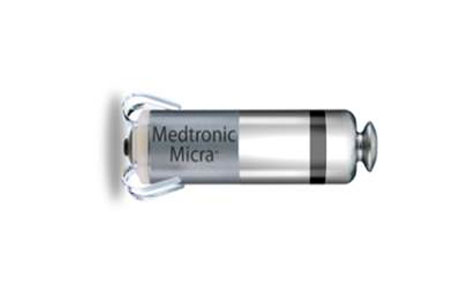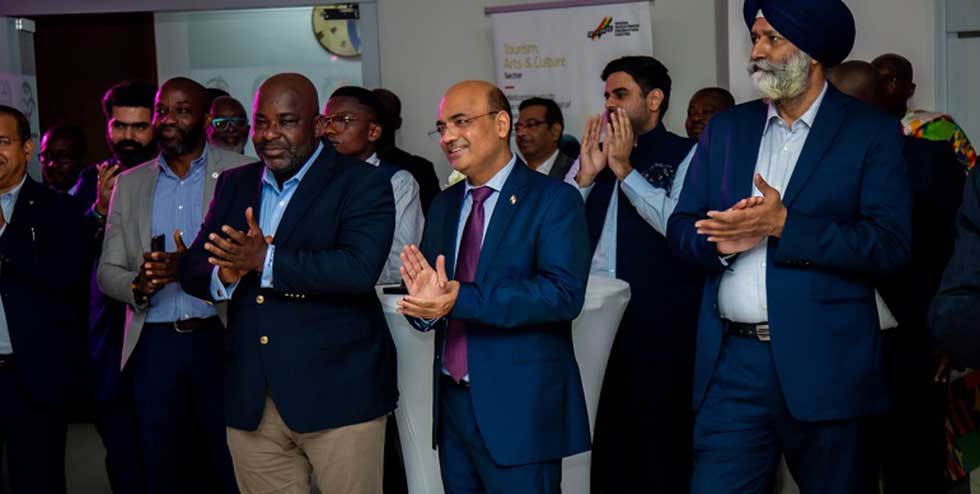Medtronic’s new Micra Transcatheter Pacing System, a leadless pacemaker recently approved by the US Food and Drug Administration, is expected to be available in India in the next 2-4 months though the pricing might be an issue, said doctors.
Speaking to India Medical Times, Dr J P S Sawhney, chairman, department of cardiology, Sir Ganga Ram Hospital, New Delhi, said, “Micra is the first leadless pacemaker to get the US FDA approval hence now available for clinical use; others are still in the trial phase. But being a new technology, it’s likely to be costly.”
According to Dr Sawhney, pacemaker is a device used to regulate and normalise the slow heart rate. It works by electrically stimulating and pacing the heart to a programmed rate.
He further said, “A conventional pacemaker has a pacing device placed in the chest which is connected to the heart chambers with pacing wires. A leadless pacemaker is a small device. It has no lead and is implanted directly into the right heart chamber through femoral route. It’s easy to implant and acts like a single chamber pacemaker. Its battery life is 10-12 years.”
According to Dr Bedi, a traditional pacemaker is an electricity-generating box implanted under the skin and connected to the heart muscle by a lead. Most complications are related to the lead (a long wire going from the box to the heart).
“In a wireless pacemaker we implant the box (which is now the size of a vitamin pill) directly into the heart without any wire. It is installed by passing it up the femoral vein from the leg under X-ray control. The pacemaker has a battery inside it which lasts for 15 years. Then either it is removed or a new one is implanted next to it. Since it is very small it does not affect the working of the heart,” he said. Dr Bedi further said, “Most new pacemakers are MRI compatible.This helps in getting imaging done. It was not possible with the older pacemakers.”
When asked about which type of pacemaker is mostly used in India, Dr Bedi said, “Single or dual chamber pacemakers with leads are commonly used in India. They are effective and have stood the test of time.”
Talking about the advantages and disadvantage of a leadless pacemaker, Dr Sawhney said, “It’s a newer technology which has its advantages: it’s small in size, about one-third of a conventional pacemaker; it doesn’t require any pacing lead, so issues related with lead like infection, lead fracture, dislodgement etc are not there; and It can be implanted through a catheter without any incision, so there is no generator pocket. Disadvantage is that it is a single chamber pacemaker but most of the patients require dual chamber pacing.”
According to Dr Sawhney, patients with implanted MRI-safe pacemakers can safely undergo MRI (Magnetic Resonance Imaging) scanning of other body parts without compromising or affecting the pacemaker.“Previous models were not MRI compatible (common diagnostic modality); so, this a distinct advantage over previous models. However, currently both the wireless and the lead wired pacemakers are MRI safe,” he said.








Add Comment